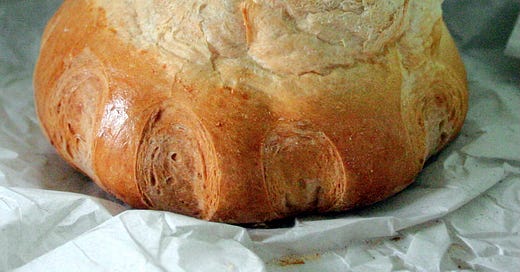Frances Burnett was a prolific and uneven writer; she wrote adult and children’s novels as well as plays. Her first published novel, That Lass of Lowrie’s, earned her comparison with George Eliot.
But The Secret Garden, which has never been out of print since 1911, is her masterpiece, and a masterpiece of children’s literature. The book, like all masterpieces, is a feat finer than the person who wrote it. But Burnett was not writing malign racism concealed in fiction. She herself was no racist, but a lifelong abolitionist, marked by readingUncle Tom’s Cabin as a child in Manchester. The fictional slave-owner Simon Legree’s cruelty affected her even more deeply than drastic impact of the loss of slave-produced American cotton during the U.S. Civil War, the backbone of Manchester’s economy. Her already struggling family was reduced to emigrating to Newmarket, Tennessee, living in an empty log cabin in the Union loyalist town, with its one street, paved only with spat chewing tobacco refuse. Later, as a successful writer in Washington, friend of the U.S. president, James Garfield, (a champion of civil rights against post-Civil War backlash), she proved herself no prude, either. When Oscar Wilde toured the United States in 1882, (300 Yale students attended his lecture, all wearing red neckties and carrying sunflowers) Henry Adams refused to be part of a reception in his honor, and Burnett’s friend, Henry James, referred to Wilde as “repulsive and fatuous.” Burnett, though, gave him a party at her house, and delightedly monopolized him.
Nor did Burnett confine herself to sentimental subjects: she took on the brutality of poverty, fortune-hunting, social betrayal, wives destroyed by abusive husbands. Curiously, though The Secret Garden is often treated as the literary equivalent of “comfort food”, it is her most daring book. Here she takes on perhaps the most agonizing of subjects: hatred, particularly that most taboo of all hatreds, of parents who loathe their own children. The Secret Garden is a keenly observed—and courageous-- study of hatred in its protean forms; hatred suffered and returned, hatred provoked and compelled, hatred deflected from its real object, hatred as thwarted and perverted love.
Both child heroes, Colin and Mary, are born hated by their parents. Colin’s mother dies in childbirth—his father wishes the child had died instead, and he treats him as if he had. Mary’s mother wishes she had never been born, and she treats her as if she had not been. Each child enacts that hatred in cruelty, possessed by it, multiplying it. Colin’s own doctor wants him to die, as the next in line to his inheritance. It’s a tour de force that Burnett manages to portray Mary and Colin as insufferable, but not evil. It's a challenge for the illustrators—in the first English and American editions, Charles Robinson and Maria Louise Kirk couldn’t resist picturing the children as toylike and queasily adorable.
It’s equally a tour de force that Burnett writes of love with dynamic vitality. Love is not just feeling, but detailed and creative observation, the labor of making reality radiant and life good to live. Dickon, the boy who helps bring the children and the untended garden back to life reminds me of Jane Goodall—the video of her farewell to the healed chimpanzee, Wounda, is pure Dickon.
Dickon’s mother, Susan Sowerby, also displays that scope and depth of observation, a vigilant and fruitful attention to the world. It’s in the food she prepares, too. It awakens the two nearly dead-souled children to perception and the capacity to taste, to be nourished and to nourish. Neither of them has had any appetite until they are reborn through the baskets of provisions she sends them. They realize too, that her cooking is not just magical wish-fulfillment materializing, but that it is consciously generous work, the gift of a real person.
Susan Sowerby’s food is a kind of extension of gardening, beekeeping, farming, it is the natural world made edible, hot oatcake, fresh new milk with cream on top, heather honey, butter and clotted cream, raspberry jam, currant buns, a crusty cottage loaf. It’s a form of collaboration, too—the children send Susan Sowerby their pocket money for eggs and potatoes, as their appetites and awareness grow, to be cooked in a small outdoor oven Dickon has made them in the newly discovered garden. “Roasted eggs were a previously unknown luxury and very hot potatoes with salt and fresh butter in them were fit for a woodland king.”[1]
Rereading The Secret Garden made me remember the very first dish that I, twice motherless, who never tasted a mother’s food, learned to cook. Is it any wonder, though I’d completely forgotten, that it was a crusty cottage loaf?
[1] I imagine those roasted eggs were pricked with a needle on one end, so they wouldn’t explode in the heat, and cooked in hot ash from the fire, developing a velvety center—and if I were picnicking on those roast potatoes, I’d take a ramequin of snail butter—butter mixed with chopped shallots, garlic, and parsley.




